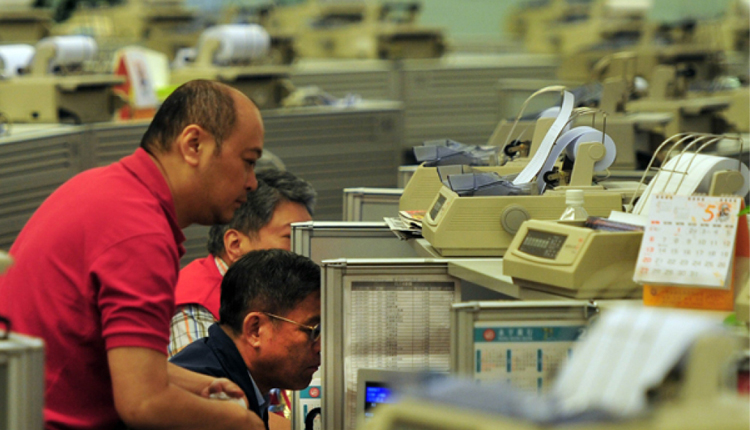Asian markets tumbled in Monday afternoon trade following a re-escalation in U.S.-China trade tensions as President Donald Trump declared an impending increase in tariffs rates on $200 billion of Chinese goods. Mainland Chinese stocks plunged in afternoon trade.
The Shanghai composite fell more than 5%, while the Shenzhen component dropped more 7%. The Shenzhen composite fell 7.216%.
The CSI 300, which tracks the largest listed stocks on the mainland, declined more than 5.5%.
Over in Hong Kong, the Hang Seng index slipped 3.25%. Hong Kong-listed shares of Chinese telecommunications equipment company ZTE plummeted around 10%, with the company being caught in the crossfire as Beijing and Washington spar over trade. Its Shenzhen-listed counterpart also fell about 10%.
The MSCI Asia-ex Japan index tumbled 1.91%, as of 2:43 p.m. HK/SIN.
The offshore Chinese yuan also declined to 6.7909 against the dollar, from highs of around 6.72 last week. Its onshore counterpart changed hands at 6.7764 against the greenback, from around 6.73 last week.
Trump said in a tweet Sunday afternoon that the current 10% levies on $200 billion worth of Chinese goods will rise to 25% on Friday. He also threatened to impose 25% tariffs on an additional $325 billion of Chinese goods “shortly.”
Meanwhile, China is considering cancelling its trade talks with the U.S. this week in light of Trump’s latest threats, sources told CNBC.
“President Trump set the tone for the new week expressing dissatisfaction at the pace of China trade negotiations amid Beijing’s attempt to renegotiate,” Rodrigo Catril, senior foreign exchange strategist at National Australia Bank, wrote in a morning note.
“An increase in tariffs would be bad news for risk assets and would (threaten) the prospect of a global growth recovery,” Catril said.
“This is reckless … most people thought we’d get something by the end of May,” said Greg Valliere, chief U.S. policy strategist at AGF Investments.
“There’s a risk this tactic could blow up on him. I don’t think the Chinese would like to get bullied,” Valliere said.
In Australia, the ASX 200 slipped 0.82% to close at 6,283.70 as almost all sectors declined.
Markets in Japan and South Korea are closed on Monday for holidays.
Meanwhile, futures pointed to steep opening declines stateside. Dow Jones Industrial Average futures implied an opening decline of more than 400 points as of Monday morning stateside. S&P 500 and Nasdaq-100 Index futures also pointed to declines for the two indexes at Monday’s open.
The U.S. dollar index, which tracks the greenback against a basket of its peers, was at 97.583 after seeing highs above 97.8 last week.
The Japanese yen, widely seen as a safe-haven currency, strengthened to 110.67 against the dollar after seeing lows above 111.6 in the previous week.
The Australian dollar declined to $0.6987 after touching highs above $0.704 last week. The Aussie dollar is often seen as a proxy for China’s economic prospects, with the country being Australia’s largest trading partner.
Oil prices declined in the afternoon of Asian trading hours, with the international benchmark Brent crude futures contract dropping 2.13% to $69.34 per barrel. U.S. crude futures also fell 2.21% to $60.57 per barrel.
Source: CNBC
